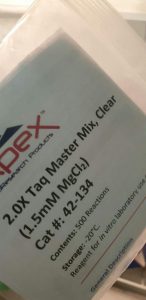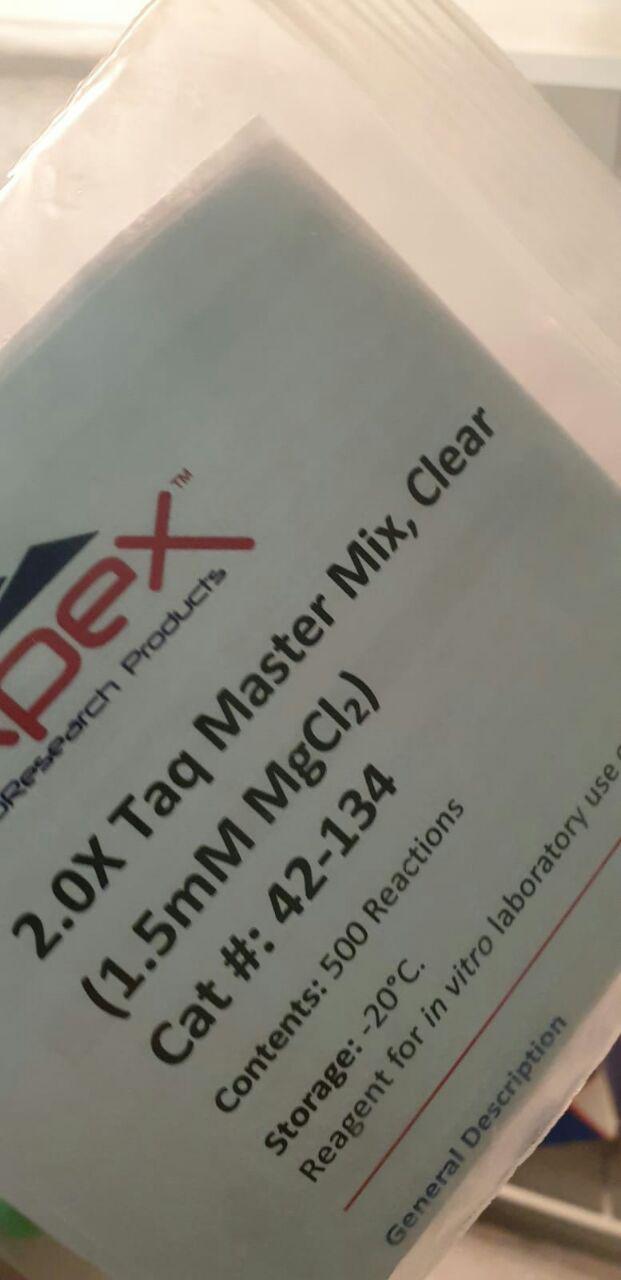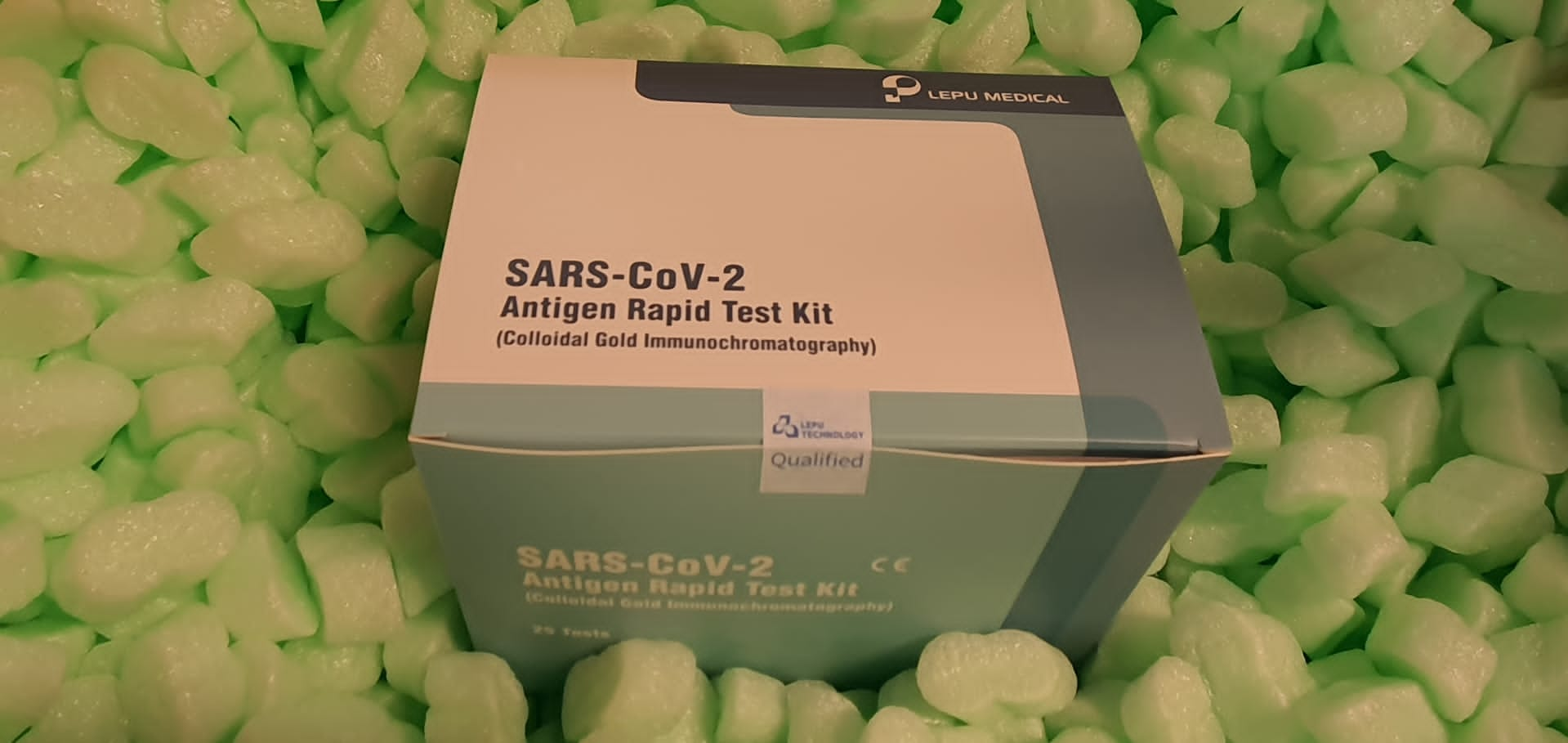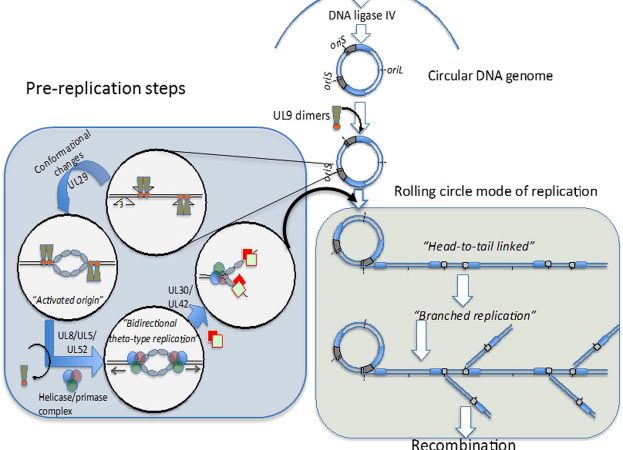Epilepsy is a persistent mind dysfunction induced by an irregular neuronal discharge that’s brought on by sophisticated psychopathologies. Not too long ago, accumulating research have revealed a detailed relationship between irritation and epilepsy.
Particularly, microglia and astrocytes are vital inflammatory cells within the central nervous system (CNS) which were confirmed to be associated to the pathogenesis and improvement of epilepsy. Moreover, interleukin 4 (IL-4) is an anti-inflammatory issue that may regulate microglia and astrocytes in lots of features. This evaluation article focuses on the regulatory function of IL-Four within the pathological adjustments of glial cells associated to epilepsy. We moreover suggest that IL-Four could play a protecting function in epileptogenesis and recommend that IL-Four could also be a novel therapeutic goal for the therapy of epilepsy.
An <em>Interleukin</em>-<em>4</em>-Loaded Bi-layer 3D Printed Scaffold Promotes Osteochondral Regeneration
Multilayer scaffolds fabricated by 3D printing or different methods have been used to restore osteochondral defects. Nonetheless, it stays a problem to regenerate the articular cartilage and subchondral bone concurrently with greater efficiency. Within the current examine, we enhanced the restore effectivity of osteochondral defects by creating a bi-layer scaffold: an interleukin-4 (IL-4)-loaded radially oriented gelatin methacrylate (GelMA) scaffold printed with digital gentle processing (DLP) within the higher layer and a porous polycaprolactone and hydroxyapatite (PCL-HA) scaffold printed with fused deposition modeling (FDM) within the decrease layer.
An in vitro check confirmed that each layers supported cell adhesion and proliferation, because the decrease layer promoted osteogenic differentiation and the higher layer with IL-Four relieved the unfavourable results of irritation on murine chondrocytes, which have been induced by interleukin-1β (IL-1β) and M1 macrophages. In a rabbit osteochondral defect restore mannequin, the IL-4-loaded bi-layer scaffold group obtained the best histological rating (24 ± 2) in comparison with the nontreated (11 ± 1) and pure bi-layer scaffold (16 ± 1) teams after 16 weeks of implantation, which confirmed that the IL-4-loaded bi-layer scaffold promoted regeneration of each cartilage and subchondral bone with elevated formation of neo-cartilage and neo-bone tissues. Thus, the IL-4-loaded bi-layer scaffold is a sexy candidate for restore and regeneration of osteochondral defects.
Enhancement of Immune Response and Anti-An infection of Mice by Porcine Antimicrobial Peptides and <em>Interleukin</em>-<em>4</em>/6 Fusion Gene Encapsulated in Chitosan Nanoparticles
So as to develop a novel and efficient immunoregulator to boost each the immune response and antimicrobial perform, a recombinant eukaryotic expression plasmid-pVAX1 co-expressing fusion cathelicidin antimicrobial peptides (CAMPs) and fusion porcine interleukin-4/6 gene (IL-4/6) was constructed and encapsulated in chitosan nanoparticles (CS-VAP4/6), ready by the ionotropic gelation methodology.
4-week-old feminine Kunming mice have been divided into three teams and intramuscularly injected, respectively, with CS-VAP, CS-VAP4/6, and CS-pVAX1. On 28 days post-inoculation, the mice have been challenged by intraperitoneal injection with Staphylococcus aureus (ATCC 25923) and Escherichia coli (ATCC 25922); IgG, IgG1 and IgG2a, CD4+, and CD8+ T cells elevated considerably within the VAP- and VAP4/6- handled mice, detected by ELISA and stream cytometry, correspondingly (p < 0.05). As analyzed by qPCR, expression ranges of Toll-like receptor (TLR) 1, TLR4, TLR6, TLR9, IL-1, IL-2, IL-4, IL-6, IL-7, IL-12, IL-15, IL-23, Tumor Necrosis Issue (TNF)-α, and Interferon-gamma (IFN-γ) genes have been additionally considerably up-regulated as compared with these of the management mice (p < 0.05).
Their immunological markers have been elevated considerably to completely different levels in CS-VAP4/6-treated mice in contrast with CS-VAP in numerous days post-inoculation (p < 0.05). After problem with E. coli and Staphylococcus aureus, many of the VAP- and VAP4/6- handled mice survived, and no signs of bacterial an infection have been noticed. In distinction, 80% of management mice died of an infection. Among the many handled teams, VAP4/6 had a stronger resistance towards problem with E. coli an infection. These outcomes demonstrated that the fusion gene of antimicrobial peptide and interleukin-4/6 has the promising potential as a secure and efficient immunomodulator for the management of bacterial infections.
Single immunoglobulin and Toll‑<em>interleukin</em>‑1 receptor area containing molecule protects towards extreme acute pancreatitis in vitro by negatively regulating the Toll‑like receptor‑<em>4</em> signaling pathway: A scientific and experimental examine
Single immunoglobulin and Toll‑interleukin‑1 receptor area‑containing molecule (SIGIRR) is a selected inhibitor of IL‑1R and Toll‑like receptor (TLR) signaling and thought of a possible goal for the therapy of inflammatory ailments. Pathogenic mechanisms related to the TLR4 signaling pathway have a important function within the improvement of extreme acute pancreatitis (SAP). The intention of the current examine was to find out the function of SIGIRR within the regulation of TLR4 signaling through the development of SAP. Pancreatitis‑related ascitic fluid (PAAF) was collected from sufferers with SAP.
Murine RAW264.7 macrophages have been transfected with a SIGIRR overexpression plasmid and co‑cultured with the PAAF from the donors in an effort to consider the impact of SIGIRR in vitro. The mRNA expression of TLR4, SIGIRR and different key downstream signaling molecules was quantified utilizing semi‑quantitative PCR with agarose gel electrophoresis. Moreover, the degrees of professional‑inflammatory cytokines within the tradition supernatant have been detected utilizing ELISA.

In distinction to SIGIRR, the mRNA expression ranges of TLR4, myeloid differentiation issue 88 (MyD88), IL‑1R‑related kinase‑1 (IRAK‑1) and TNF receptor‑related issue‑6 (TRAF‑6) have been considerably elevated in RAW264.7 cells following therapy with PAAF. Moreover, TLR4, MyD88, IRAK‑1 and TRAF‑6 mRNA ranges have been considerably downregulated following SIGIRR overexpression and PAAF therapy in RAW264.7 cells.
[Linking template=”default” type=”products” search=”IL-12 Human” header=”3″ limit=”144″ start=”3″ showCatalogNumber=”true” showSize=”true” showSupplier=”true” showPrice=”true” showDescription=”true” showAdditionalInformation=”true” showImage=”true” showSchemaMarkup=”true” imageWidth=”” imageHeight=””]
The degrees of IL‑2, IL‑12, IL‑17 and IFN‑γ within the tradition supernatant have been additionally considerably decreased, whereas IL‑10 ranges have been elevated. General, SIGIRR negatively regulated the TLR4 signaling pathway to guard towards the event of SAP in an in vitro mannequin. Subsequently, SIGIRR could characterize a promising therapeutic goal for SAP.







